Architecture
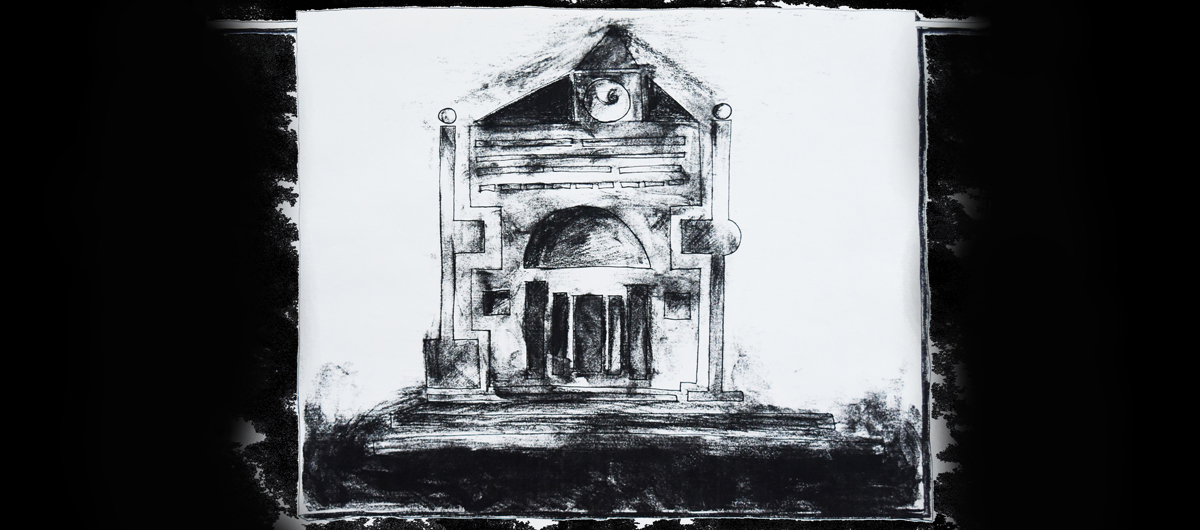
- Transformative power of arch.
- Living Green (1989)
- Time Machine (The Project)
- The Longest Dream
- Impossible Walls
- Architecture As Communication
- Architecture Of Impermanence
- Architectural Views (1991-1992)
- Musician House (1993)
- Stoneship (1989)
- Architecture Of The Soul
- Circular Theater
- Theaters
- From Design Of New Words
- The introduction of the computer
- Petrification and identification
- Architecture And The Rise Of Art
- Architecture And Symbol
- Lost Cities
- Short Videos
- Celebrating Architectural Fluidity
- Transformation
- Arch Essence of the Universe
- Architecture of impermanence
- Architecture and symbol
- Architectural flow
- Musician house
- Garden of music
- Imaginary Tower
- Hagia Sophia as a "time tunnel"
transformative power of architecture
is a term that refers to the artistic and architectural works of Filippo Lo Presti for Ionone, a creative platform that explores various forms of expression, such as installation, graphic, music, and video. Ionone architecture is characterized by its experimental, futuristic, and visionary style, often incorporating elements of nature, geometry, and technology.

Ionone architecture, an artistic project that merges the realms of art and architecture, presents a unique and thought-provoking collection of works that challenge conventional boundaries. The projects, ranging from “Time Machine” to “Musician House,” showcase a deep exploration of themes such as impermanence, communication, and the relationship between nature and the built environment. Ionone architecture's approach to adapting traditional elements in contemporary designs is a thoughtful blend of respect for historical context and a forward-thinking vision for modernity.
It’s a project that doesn’t just create spaces but evokes thought, emotion, and a deeper appreciation for the artistic potential of architectural design. The works are a celebration of creativity and a bold statement on the transformative power of architecture.
Living Green (1989)
In this work
I explore the intersection of art, architecture, and sustainability. The concept of "living green" resonates with ecological consciousness, emphasizing harmony between built environments and nature.
The concept of living green is central to sustainable architecture. My exploration of this theme likely involves innovative designs that harmonize with nature and promote ecological balance.
Living Green reflects a commitment to sustainability, emphasizing the importance of ecological balance in design.
A living green wall is a vertical wall that is partially or completely covered in vegetation, which can provide various environmental and aesthetic benefits. I created some drawings and models of living green walls in 1989 as part of Time Machine project. One example is a living green wall that covers the facade of a building and creates a contrast between the natural and the artificial.
Green (2009)
A vibrant ode to nature, showcasing lush visuals paired with harmonious melodies that evoke serenity and renewal.
Green by Ionone Music.
Facebook,
Vimeo,
YouTube.

Time machine (The project)
Time Machine (The Project) from 1989
Time Machine project is a fascinating exploration of architecture.
This extended project is an ongoing exploration. My journey through time, blending art, architecture, illustration, music, installation and video, is a captivating odyssey. This work bridges the gap between imagination and reality, inviting viewers to contemplate the passage of time, its implications on our lifes and to reconsider the very essence of architecture.
The Time Machine project was born in 1989 when, to conclude my thesis at La Sapienza University in Rome, my supervisor Arch. Franco Purini asked me to complete the research work with one of my drawing boards in which the meaning of the research itself was summarized. In this circumstance, this graphic representation of the thought on the meaning of our life in relation to the architectural forms that we build was born and developed.
Time Machine was born, which does not refer to any period novel or to alleged machines that can make us move in time and space. This Time Machine represents us in our space where in the so-called time we find ourselves every day different and unique.
Time Machine
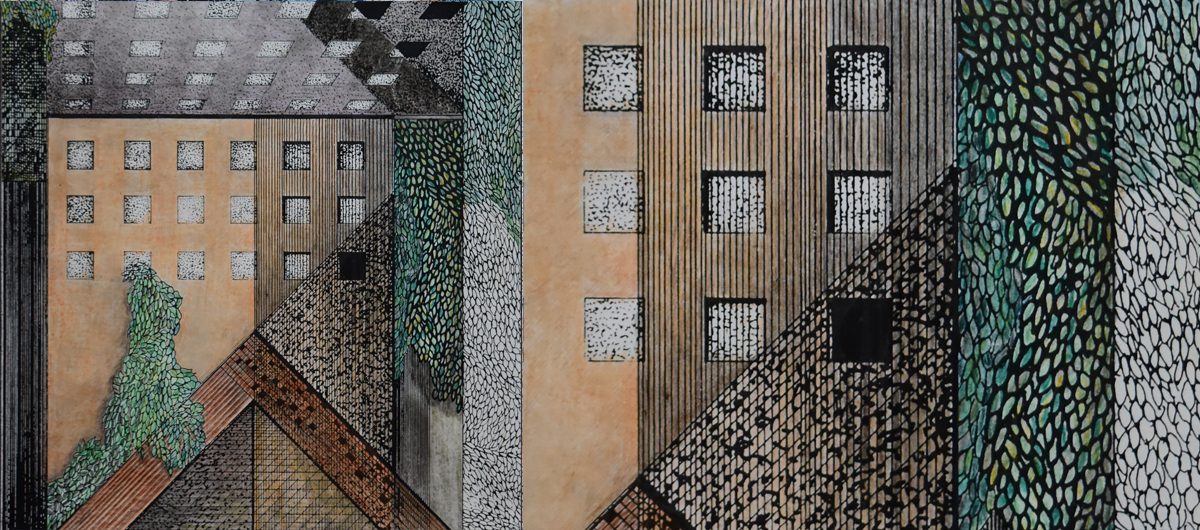
The longest dream
A Visionary Passage Through Time and Imagination
The Longest Dream is more than a fusion of art, architecture, and illustration, it is a meditation on the ephemeral nature of existence, where spatial form becomes a vessel for memory and transformation. It is a poetic suspension between wakefulness and eternity, inviting the viewer into an immersive journey that transcends conventional boundaries.
In this piece structures do not merely define space but evoke emotional and spiritual resonance. The interplay between material form and abstract symbolism speaks to the continued exploration of architecture as an extension of human consciousness, where each line and shadow tells a deeper story of passage, longing, and discovery.
The composition hints at the tension between presence and absence, solid structures dissolving into ephemeral light, suggesting the impermanence of all things. My architectural philosophy breathes through these images, reinforcing the notion that design is not only about habitation but about reflection, remembrance, and the unseen forces that shape our understanding of reality.
It is a conceptual bridge between past, present, and future. It resonates with those who seek meaning beyond the tangible, embodying the idea that architecture can serve as both a canvas for expression and a medium for introspection. The merging form with poetic vision makes this piece a compelling exploration of how space, time, and dreams intertwine.
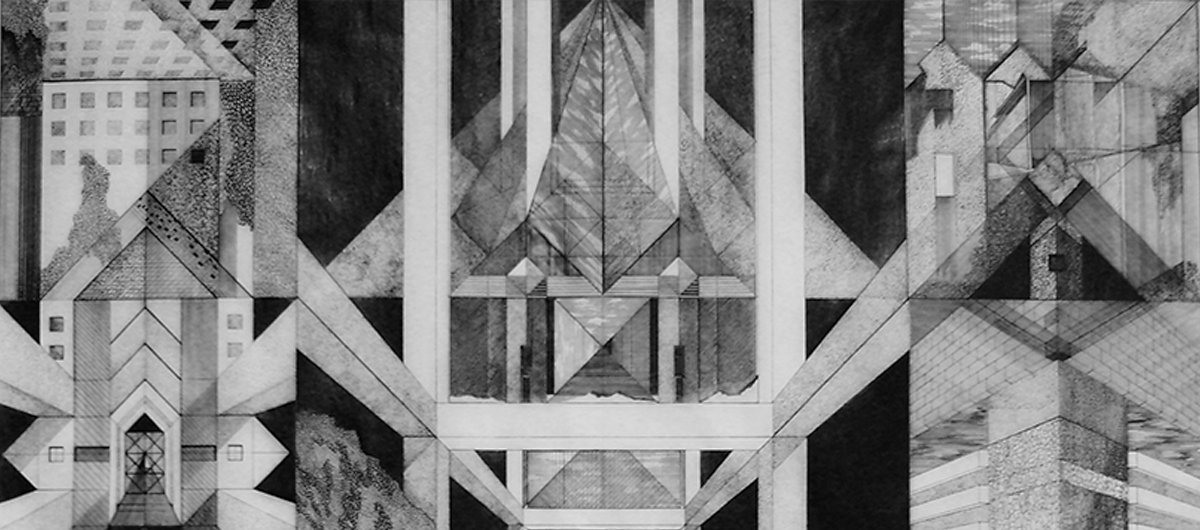
Impossible walls
A Defiance of Boundaries and the Art of Transcendence
Impossible Walls is a conceptual rebellion against the very notion of limitation. Here, walls cease to be mere dividers, they become metaphors for the barriers imposed by reality, perception, and the human condition.
Through architectural illustration, I like to redefines space as something fluid rather than fixed. The work does not just question what a wall is; it dismantles its fundamental purpose. Impossible structures rise with an eerie weightlessness, teasing the mind with paradoxes—fortifications that do not confine, thresholds that lead nowhere yet everywhere. Each composition becomes an act of defiance against the rigid expectations of space and time.
Thematically, Impossible Walls speaks to the relentless human impulse to transcend constraints, be they physical, intellectual, or emotional. By engaging with Symbolism, thi is a form of architecture beyond utility, transforming it into an existential dialogue. What is impossible? Is it a construct of the mind? Or can imagination, intuition, and artistic vision dissolve boundaries that once seemed impenetrable?
With its striking fusion of architectural precision and surreal abstraction, Impossible Walls resonates as a manifesto of artistic and philosophical freedom. It is a reminder that walls, whether made of stone or thought, are only as impenetrable as our willingness to question them.
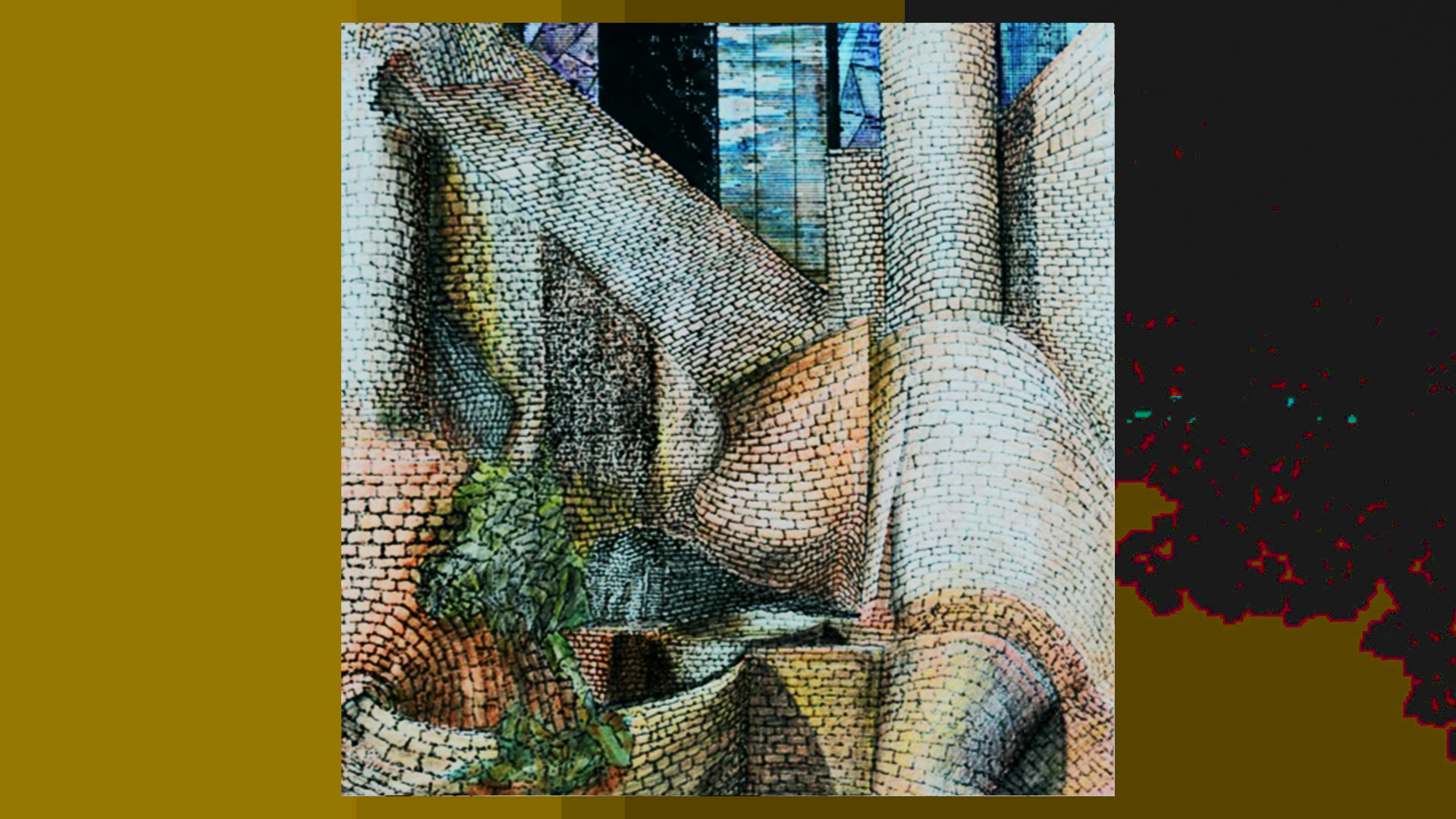
Architecture as Communication (1992)
More than form
Architecture as Communication is a declaration that architecture is more than form, it is an active dialogue, a bridge between ideas, emotions, and collective memory. In this work, architecture ceases to be static; it becomes a living narrative, shaped by the resonance between space and the human experience.
Through precise yet evocative illustrations, is challenged the traditional notion of architecture as mere construction, instead positioning it as a language, a syntax of shapes, voids, and structures that speak to the senses.
It reflects on the profound connection between design and human engagement. I explore how spatial configurations influence perception, allowing architecture to convey emotion beyond its physical presence. The interplay between abstraction and structural clarity mirrors the complexity of human dialogue, where meaning is often shaped by context and interpretation rather than explicit definition.
More than a study of visual form, this work is an affirmation that architecture, like any true art, is meant to communicate, not merely exist. Walls do not just separate; they guide. Openings do not merely allow passage; they invite contemplation. Structures are no longer fixed elements but gestures that initiate conversation between space, memory, and imagination.
The work challenges the viewer to move beyond conventional aesthetics and embrace the idea that every built environment holds an unseen dialogue, waiting to be understood.
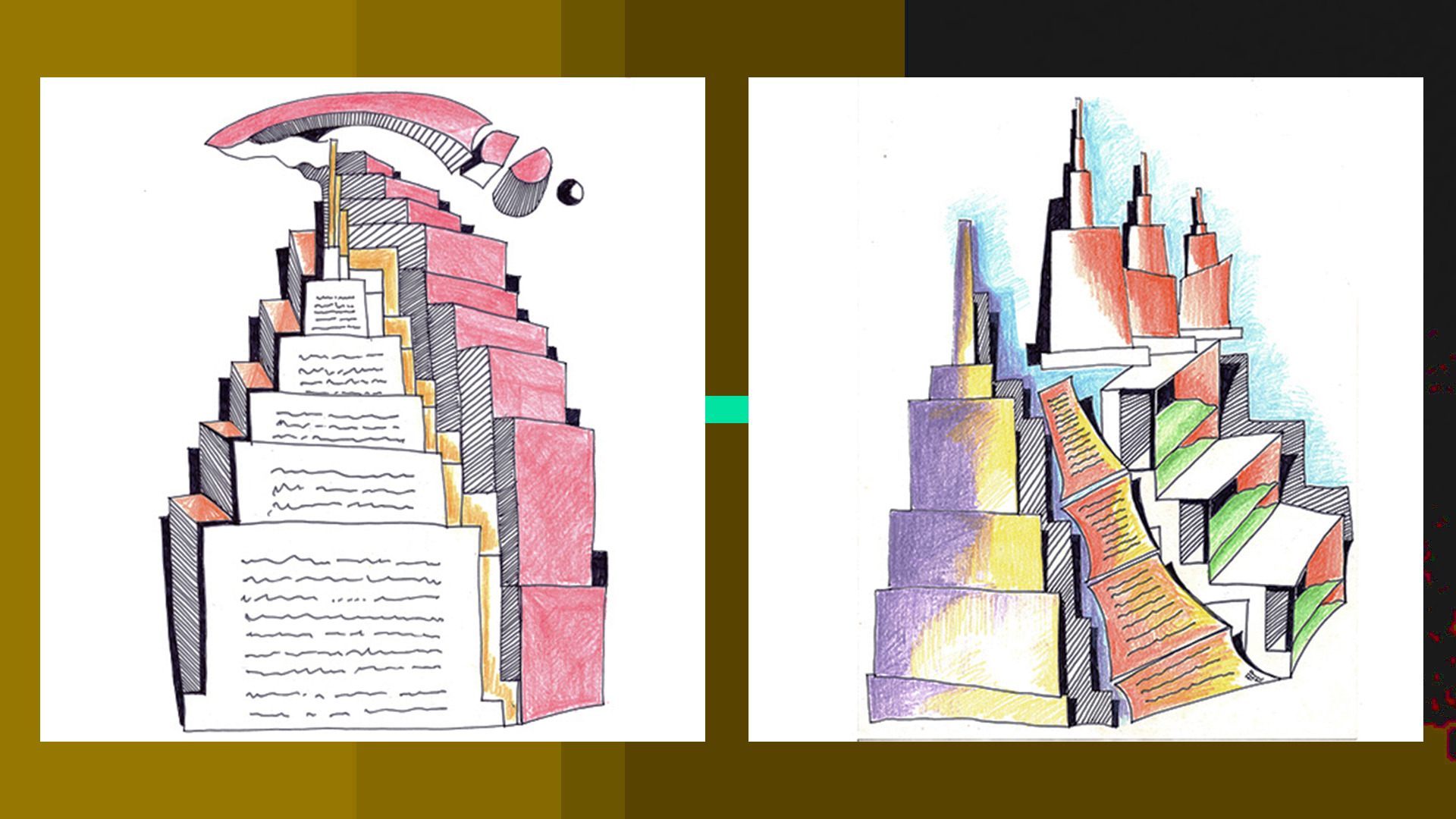
Architecture of impermanence (1993)
Capturing the Fleeting Essence of Space and Time
Architecture of Impermanence is an introspective meditation on the transient nature of existence, where structures do not stand as monuments to permanence but as vessels for transformation, memory, and the passage of time. The work challenges traditional notions of solidity and endurance, embracing ephemerality as an integral dimension of architecture.
Rather than constructing rigid boundaries, in my drawings I evoke shifting forms—spaces that dissolve and reform, revealing the imperceptible yet undeniable flow of time. There is a poetic fragility in these compositions, where architectural lines suggest movement rather than confinement. The work does not merely depict impermanence; it embodies it.
Architecture is not merely built for preservation, but for experience, for embracing the fleeting moments that give a place its meaning before they slip away.
This work asks not how space can endure, but how it can engage in the delicate interplay between permanence and transformation.
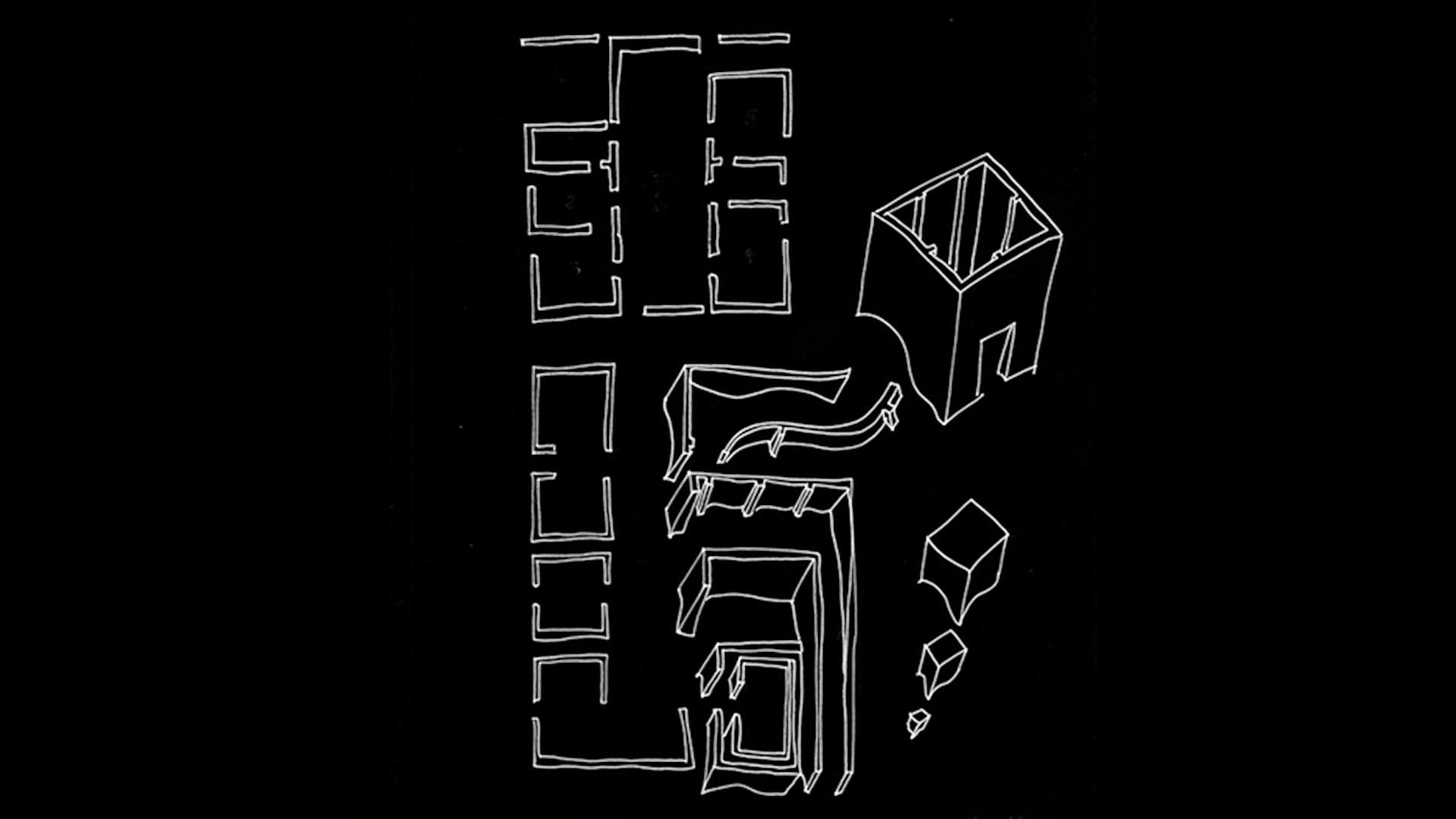
Architectural Views (1991-1992)
A Bold Reinterpretation of Space and Form
Architectural Views is a philosophical expedition into the essence of architecture itself. The series transcends conventional blueprints, presenting architecture as a conceptual and artistic experience rather than a purely functional discipline.
Each piece within this body of work embodies a tension between the abstract and the tangible, inviting viewers to engage with space not as a passive environment but as an active medium for thought and transformation. The approach is deeply intuitive, expressing a spatial fluidity where form is not constrained by gravity but liberated by vision.
By redefining the relationship between past and future, solidity and fluidity, function and imaginatio, Architectural Views stands as a profound contribution to architectural thought. It is a reminder that architecture is not just about constructing buildings—it is about shaping experiences, cultivating reflections, and expanding the boundaries of human interaction with space.
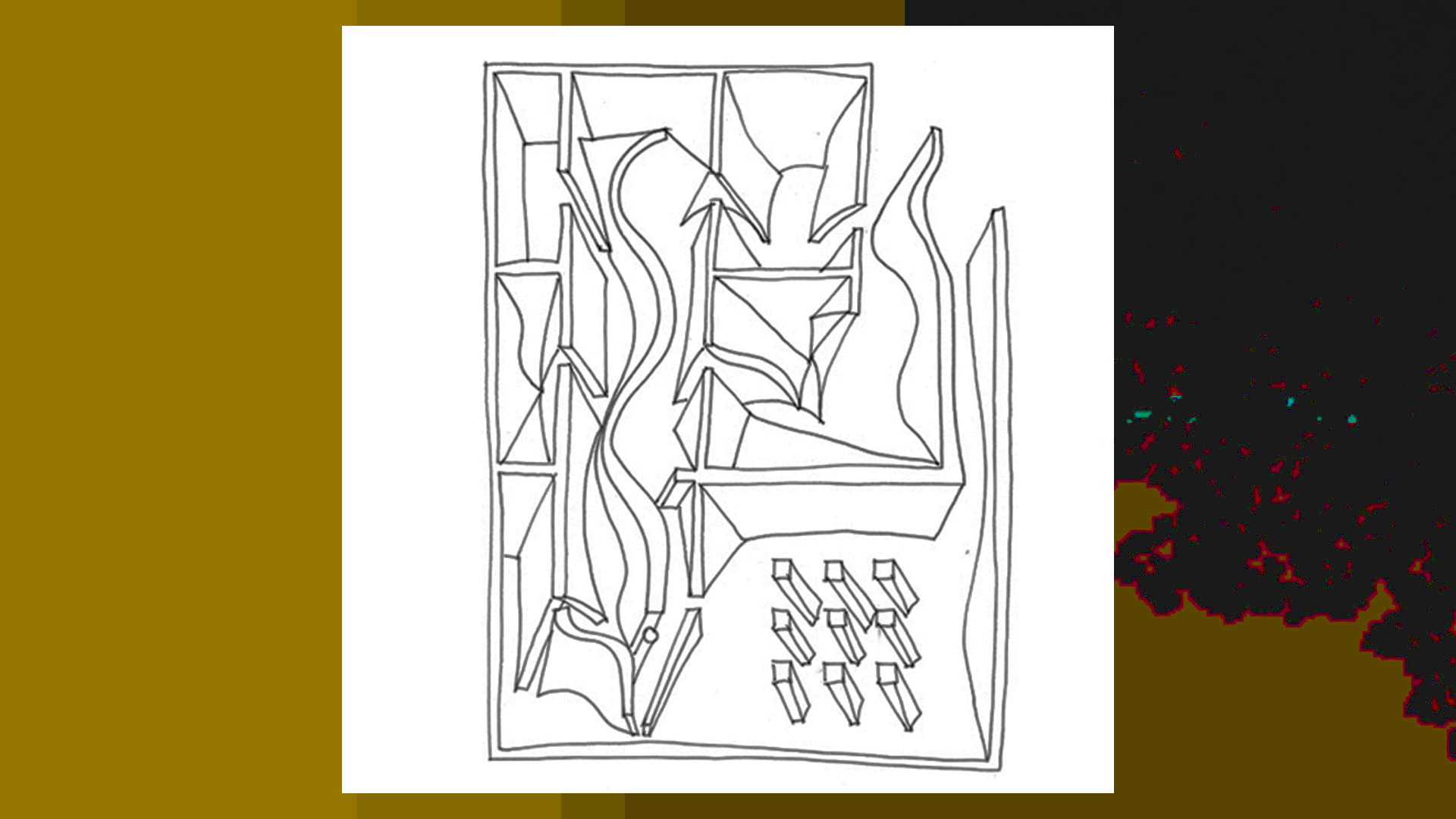
Musician House (1993)
A Symphony of Space
Musician House is an architectural instrument, tuned to the rhythms of artistic expression and daily life. Designed to harmonize creativity with habitation, the space becomes a sanctuary where sound, form, and function blend seamlessly.
The design speaks directly to the essence of musical creation. Every element, the interplay of acoustics, the openness of spaces, the flow between private retreat and shared inspiration, serves to nurture the musician’s process.
Structurally the Muician House challenges conventional residential paradigms by prioritizing fluidity and adaptability. Thoughtful integration of spatial dynamics and natural light contributes to an environment where silence and sound coexist, where architecture itself listens. The deliberate layering of textures and forms evokes a sensation akin to a musical composition: themes introduced, variations explored, and resolutions found within the dialogue between built space and artistic intent.
Musician house
From the musician house can be heard the sound of the time machine, a house filled with melodies that transcend time, where each note carries echoes of the past and whispers of the future.
Musician house and Time Machine by Ionone Music.
Facebook,
Vimeo,
YouTube.
Short Videos
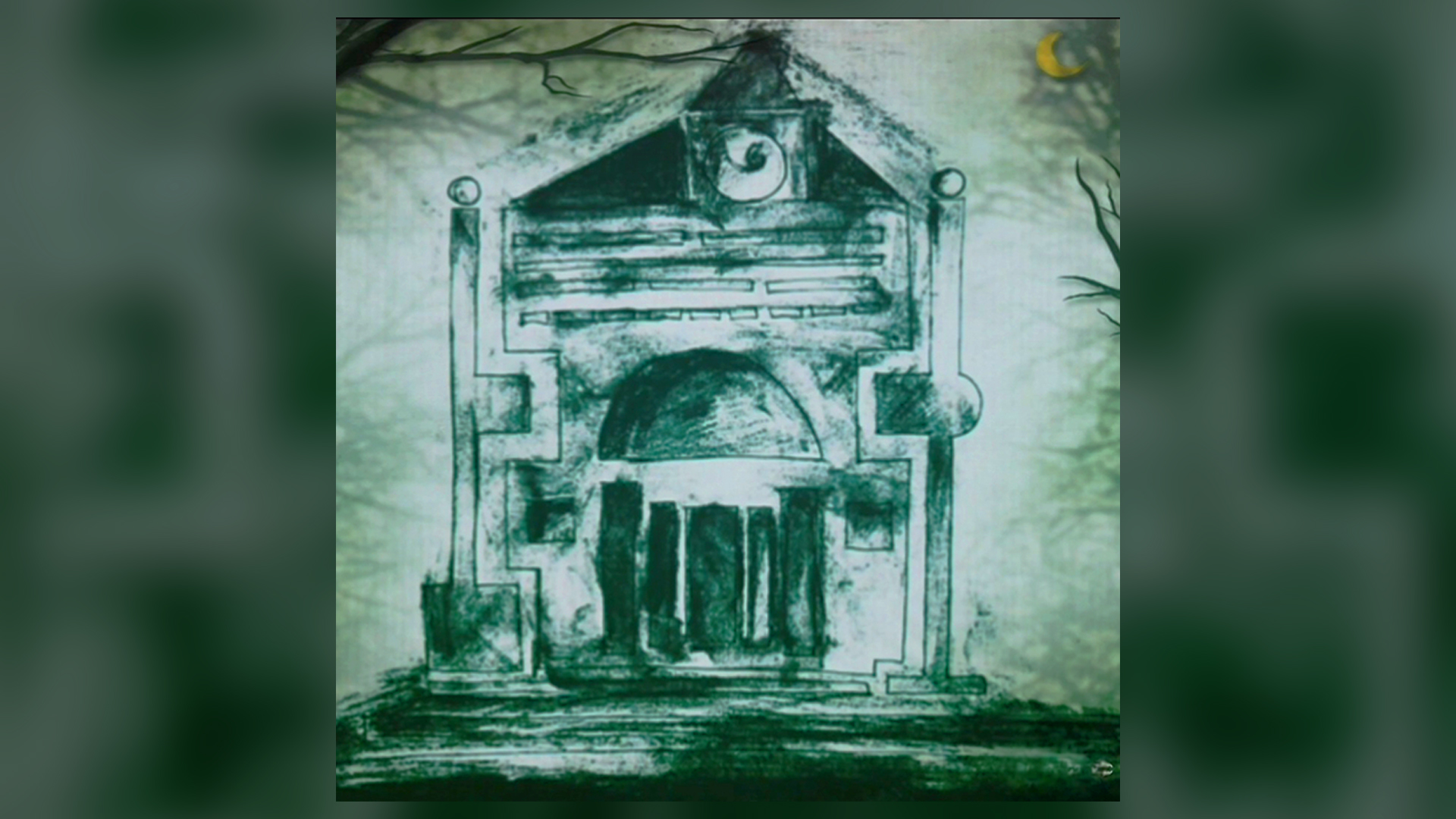
Stoneship (1989)
Solidity and Motion
Stoneship is an architectural paradox, where the unyielding permanence of stone meets the boundless mobility of the ship. This juxtaposition challenges conventional notions of stability and movement, proposing a vision where architecture transcends static form and becomes an instrument of passage.
In this work, I explore the idea that structure does not merely exist but journeys—emotionally, philosophically, and symbolically. The imagery evokes a vessel built from the earth itself, both grounded and drifting, resistant yet open to transformation. The contrast between heaviness and fluidity creates a tension that invites reflection: can permanence and motion coexist? Can architecture capture the essence of voyage without surrendering its foundation?
Visually, Stoneship merges textures and forms in a way that suggests both erosion and evolution. The materiality of stone alludes to endurance, history, and rootedness, while the conceptual framework of the ship invokes exploration, discovery, and departure. This duality reflects the human condition, our desire to remain anchored to identity while yearning for change and new horizons.
At its core, Stoneship is an architectural meditation on time and transformation. It does not merely depict a structure but a philosophy of movement within stillness.
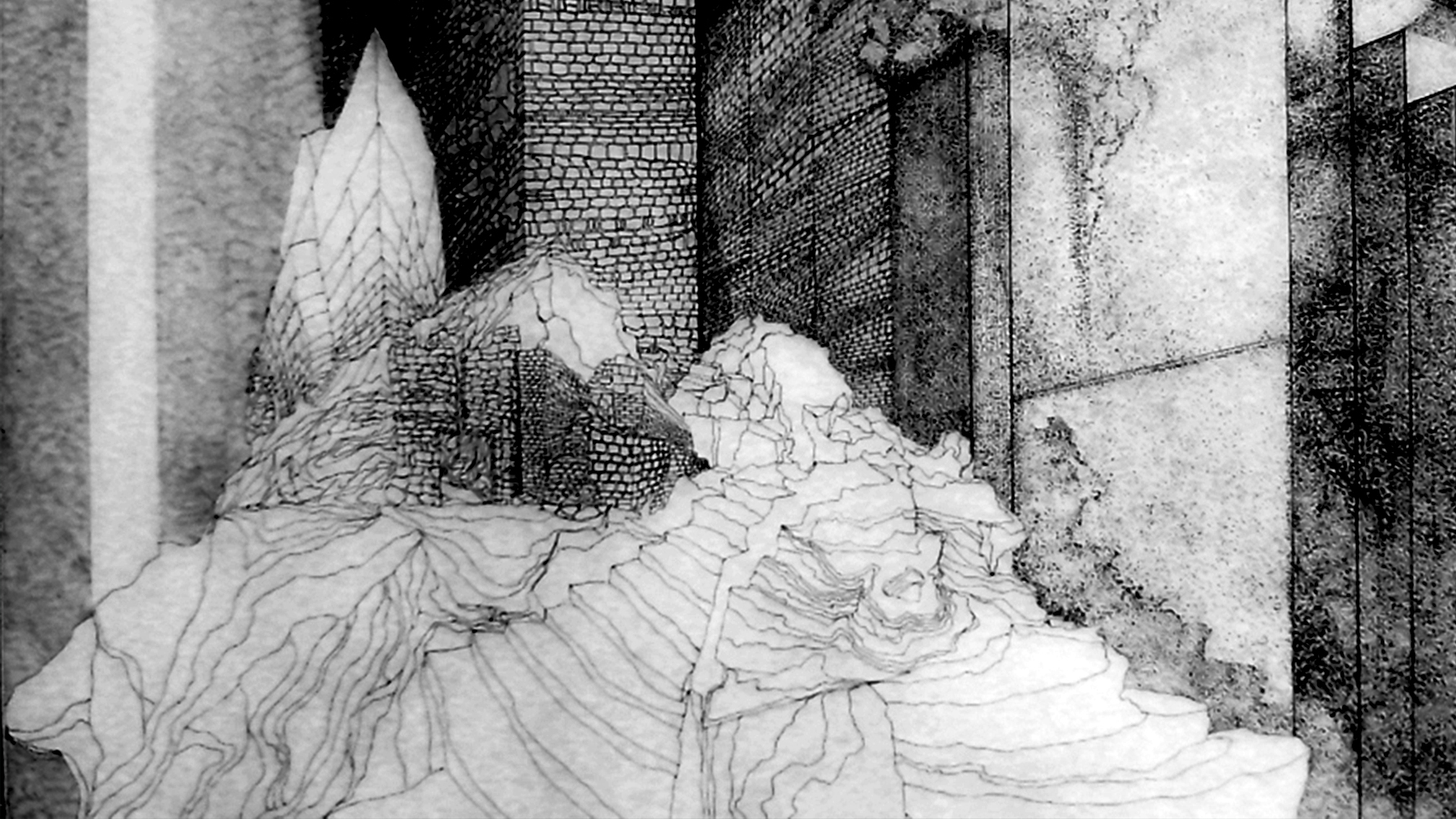
Architecture of the soul
Image of the internal form
Architecture of the soul, that of the sensations dominating man more than functions, the architecture of the spirit where the harmony of idea and its undisputed symmetry, given by purity of meaning and use, find space; the architecture of the psyche, where the corporeal and spiritual mind negotiate a just and appropriate mediation that materializes in function but rises from the depths of thought, from the idea.
Architecture of the soul as a bridge between tradition and innovation creating not just buildings, but spaces that breathe, feel, and think.
Philosophy for modern architecture, pushing the boundaries beyond aesthetic and functional considerations using design of inclusive spaces that encourage human connection and cultural unity, integrating technology, like adaptive lighting and soundscapes, allowing spaces to respond to the occupant’s mood or activity, creating a dynamic sensory dialogue.
The articulation of architecture of the soul stands as a meditation on the interplay between form, function, and the human condition. This is not merely a reflection on physical structures but a philosophical exploration of spaces that transcend materiality to embrace the essence of existence itself.
Architecture of the soul,
that of the sensations that dominate man more than the functions, the architecture of the spirit where the harmony of the idea and its undisputed symmetry given by the purity of meaning and use find space, the architecture of the psyche, where the corporeal and spiritual mind negotiate a just and appropriate mediation that materializes in the function but that rises from the depths of thought, from the idea.
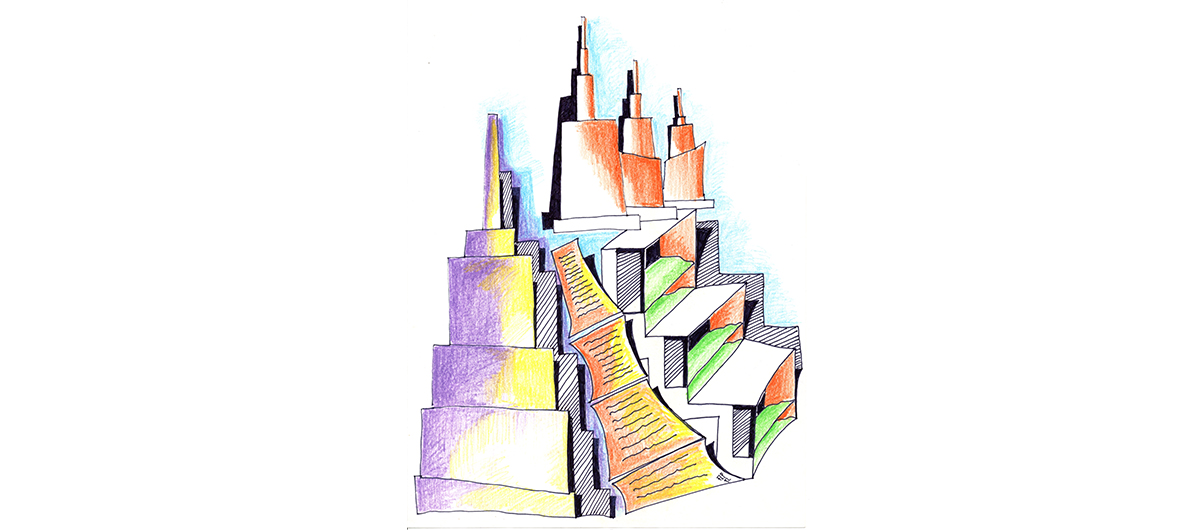
Circular Theater
The circular theater in the music garden
is positioned after the fountain and the house, preceding the labyrinth. Its form stems from the classical Greek theater and then from the Roman amphitheatre, where spectators become an integral part of the scene and the scenography; in this case, the spectators are the show and the scenography itself.
Seen between the internal windows that dominate the scene, they become observers of themselves and find themselves in others. The circular shape definitively excludes the edges, no angle can stop or slow down the continuous motion of the glances that create and decompose the theatrical act. No major actors in the middle of the stage, no text to recite except the everyday text that tells of our existence. A place of thought where we are the theater.
Circular Theater from "Garden of Music".
Garden of Music
"Garden of Music" an architectural view that harmonizes design, sound, and soul.
Time Machine by Ionone Music.
Facebook,
Vimeo.
Theater
Short
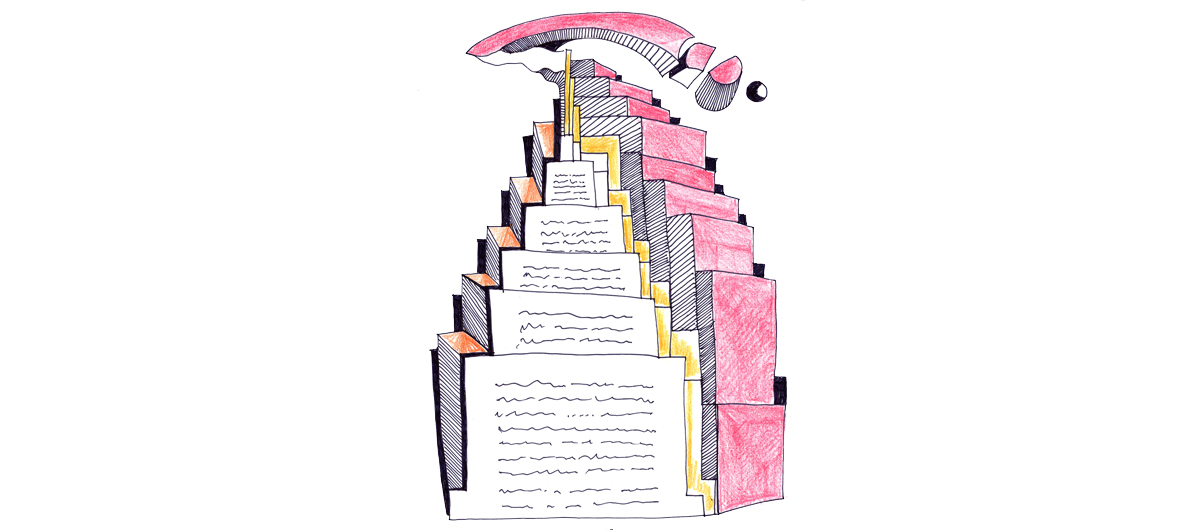
From Design of new words
The introduction of the computer
in the architectural field not only expands the graphic boundaries, but also the poetic and perceptive ones. The possibility of translating the architectural project for the machine generates more complex relationships than the simple man-machine bond, widely discussed by experts and critics. In the case of the computer, which acts as a control of the machines themselves, there is a further opportunity to integrate different addresses and cultures into a single calculating element, ready to process data coming from multiple knowledge with the aim of creating a common language.
Petrification and identification
Architecture is born and develops in two phases parallel to the representation of the spiritual and physical being: petrification and identification. The first as a transcription of oneself and the world in sign and form, the second as an artifice connected to the nature of the universe and to the soul of man and things; in the latter lies the hidden geometry of the work as well as the concentration of the forces of nature.
Design Of New Words

Architecture and the rise of art
Architecture is a composition
of geometric signs, physical, mental, and spiritual. It is no coincidence that, in certain historical eras, geometry assumes the same importance as the theme of representative perspective. Mirror surfaces begin to fracture long before Italian Futurism, in works of art often forgotten by critics and obscured by the dominant ‘costume’ of architecture.
Techniques of architectural invention suffer from this neglect, parallel to the disregard once shown toward the grammars of painting and photography. Before shaping geometry, the architect might first observe the compositional methods of artists in music, painting, and other disciplines, in order to grasp the unity of art as a whole.
Architecture, for too long, has continued primarily through the construction of houses, urban reorganizations, extensions, leading many to mistakenly believe that architecture is only this. Yet the true path forward lies in discovering the other side of the discourse.
Architecture must embrace themes of historical inquiry, whether directly architectural or not, so that it may finally fuse the art of form with the art of thought. It cannot rest content with the rise of art; it must evolve into its essence.
Design Of New Words
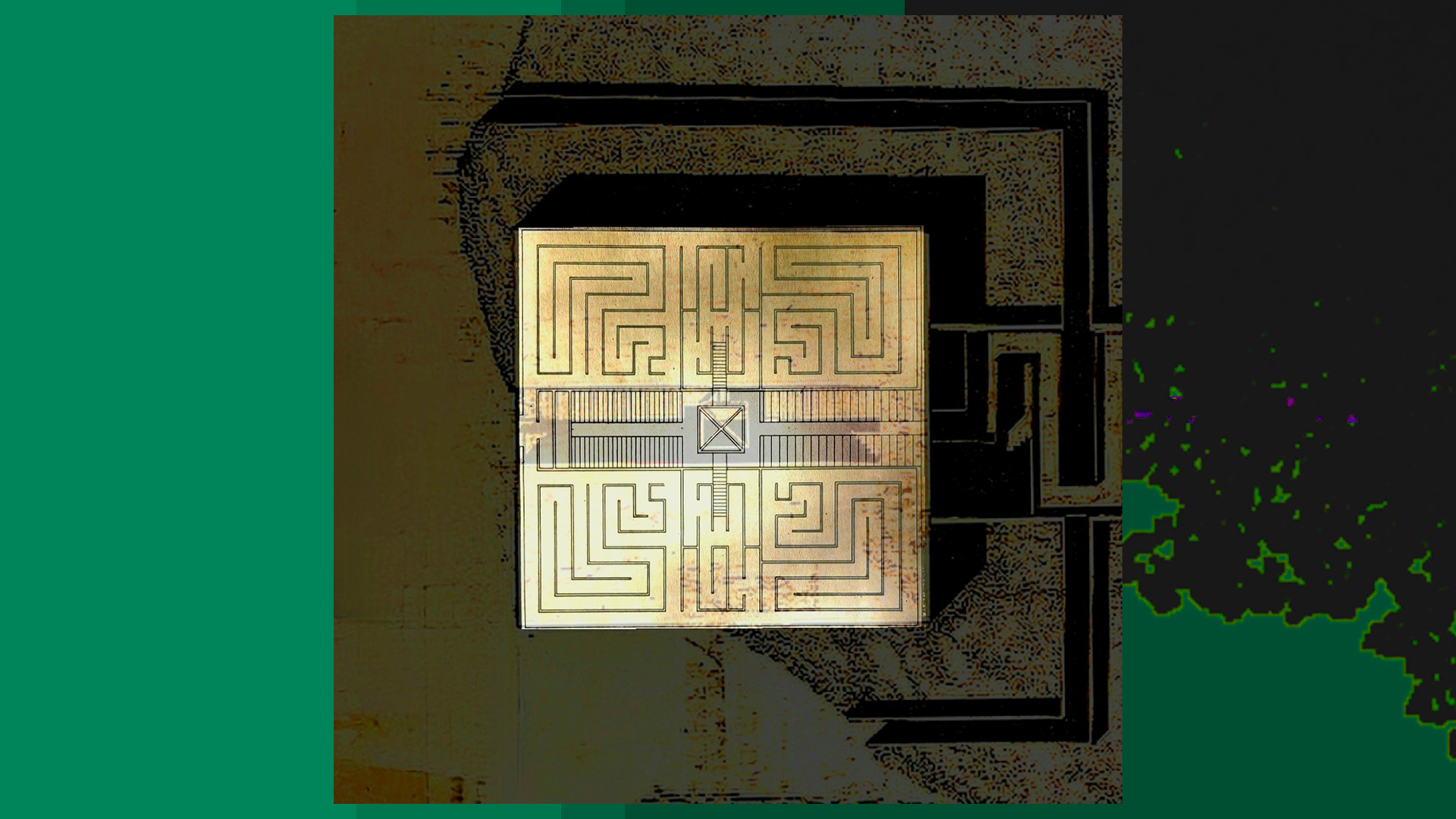
Architecture and symbol
With the Symbolists
we are witnessing the spiritualization of science, in an attempt to achieve knowledge of the regions of mystery and the unknowable. The questions about the origin of the cosmos and the human species were answered with psychology, which, having become metapsychic, credited mediumistic experiments and research on spiritualism. Through the symbol, the Idea is transformed into an image and acquires an ineffable and unlimited activity.
The oscillation of the philosophical pendulum leads to the definition of two poles, the material world and the spiritual world. The first is associated with the "body" of the object, the second with the spirit identified in the Idea. These two realities have been working together tirelessly since the beginning, maintaining that sort of "visual" detachment between one term and the other. The mixed character of our composition does not imply a choice of one of the two conditions; in this way it is possible to see the object and at the same time feel its presence even in the absence of the object itself.
In architecture, the symbol embodies the two conditions, creates the object and provides its spiritual perception, underlining the superhuman and infrahuman content of man. In this view of vision, one cannot correctly speak of symbolism in architecture if at the same time they are not considered typical parameters of form.
With the symbol we witness the transfiguration of things, in which nature is increasingly abstracted until it is connected with the spirit; the bridge between the body of the object and the idea of this is the same place between nature and spirit. All dogmatic systems have reduced the symbol to insignificance and poetic activity to literary games, just as architecture has been presented as the construction of houses, churches, tombs, leaving aside the spiritual power of this and the symbol it evokes.
Design Of New Words
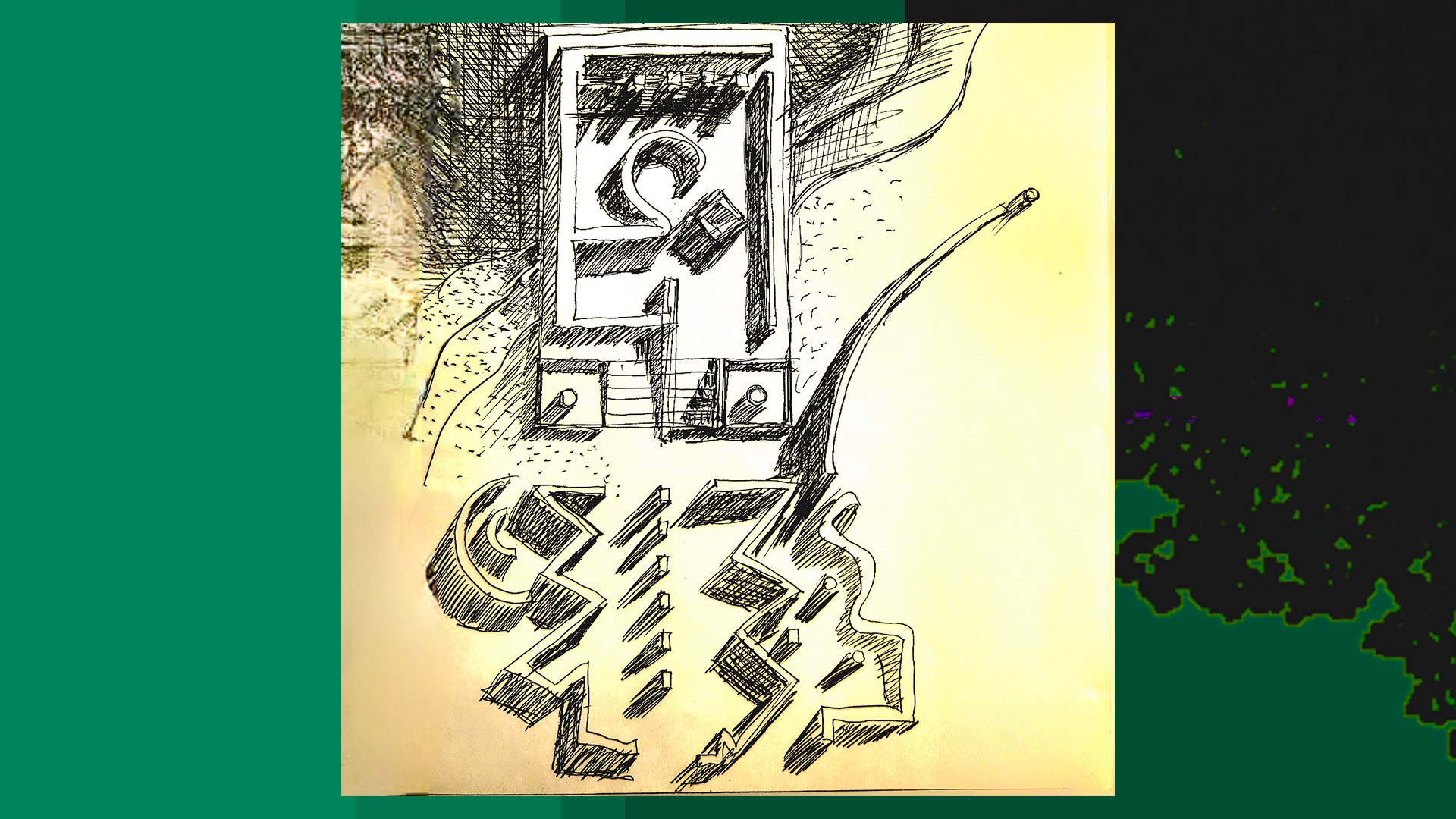
Lost Cities
Lost cities, destroyed, burned, flooded, imagined, suspended, submerged, razed, erased; one different from the other, one lost in itself, the other forgotten. A city lost and found in every city, which discovers the way to repeat itself and then erase itself, overlapping in nothingness or only on sheets of paper where everything becomes false.
Oases in the desert, with splendid cathedrals; gold, silver, and precious stones adorn the streets. Wealth and well-being can be felt in the courtyards and squares of magnificent beauty. Everything shines under the sunlight and is purified under the winter rain. The wind sweeps away the dust, and everything smells new.
Floating cities, on enormous platforms that buoy them up on the relentless waves of the sea; cities adrift, forgotten by time, doomed to be lost in the vastness of the world, in the ceaseless rotation of the universe.
Underground cities, built under the earth's crust, invisible, autonomous, impregnable. Cities flooded by river water, by volcanic magma, destroyed by hurricanes and deadly gases.
Secret cities, on the edge of the imagination, ideal cities for a better life, empty cities, swallowed up by time, lost cities.
Filippo Lo Presti
Lost cities short video
A hauntingly beautiful tribute to forgotten civilizations, with melancholic tones and evocative imagery that transport viewers to the remnants of history. Decaying ruins, weathered artifacts, and sepia-toned reconstructions evoke historical grandeur and loss. The imagery often employs slow zooms or parallax effects to simulate archaeological discovery.
From "Lost cities" and Time Machine by Ionone Music. Vimeo, Facebook, YouTube
Lost Cities


Short Videos
Celebrating Architectural Fluidity
By eliminating the dividing walls between spaces in the house, the different rooms can be connected into a single, interactive space. Similarly, categories of thought can be demolished, regardless of whether a theory, concept, or idea borders on a preceding or following one, or even if one necessarily excludes another.
Interactive place and Demolition of thought categories from Places of living.
Clean lines, geometric patterns, and dynamic perspectives highlight modern architectural spaces. The camera glides through virtual interiors, emphasizing spatial harmony and light play.
Interactive place and Demolition of thought categories from Places of living (1990)
An Open floor plan by Filippo Lo Presti and Revelation by Ionone Music.
Facebook.
YouTube.
Transformation
Nothing can be built out of nothing. A construction presupposes a previous destruction, even if this is simple empty space; the object, the "non-object" marked by the boundary, the consciousness of the object itself, in their "corporeal" union will give rise to the phenomenon of the transformation of form. The remains of the old temple will be used for the construction of the new temple; the same stone blocks will tell the eternity of form.
Memories of the concept of transformation in various philosophies and sciences, where nothing is truly created or destroyed, but rather transformed from one state to another.
From Design of new words and
Revelation Fourth Movement by Ionone Music.
Vimeo.
Architecture and the Essence of the Universe
A building, like a mask produced by man to duplicate itself, is the mask of the architectural idea of the universe; in the language of architecture can thus be found the rules that govern it, the syntax of composing not only space but also time. And yet the use of language can express in a determined and decisive way the total vision of the universe in that precise historical moment of the conciliation between the world of the universe and the world of the spirit.
From "Architecture and the Essence of the Universe" and Time Machine by Ionone Music.
Facebook,
Vimeo.
Architecture of impermanence
A contribution to the ongoing dialogue about the role of architecture in a world that is constantly changing. It asks us to reconsider our relationship with the physical structures we inhabit and to imagine a future where architecture is not just about creating spaces but also about crafting experiences that are as fleeting and precious as life itself.
Architecture of impermanence and Time Machine by Ionone Music.
Facebook,
Vimeo.
Architecture and symbol
It is possible to see the object and at the same time feel its presence even in the absence of the object itself.
From "Architecture and symbol" and Time Machine by Ionone Music.
Vimeo.
Architectural flow
With the symbol we witness the 'transfiguration of things', in which nature is increasingly abstracted until it joins with the spirit; the bridge between the body of the object and the idea of this is in the same place between nature and spirit. In architecture, for example, the use of sacred geometry and symbolic forms can transform a physical space into a spiritual experience. Similarly, in music, certain compositions can evoke emotions and states of mind that transcend the ordinary, connecting us to something greater.
Architectural flow and Time Machine by Ionone Music.
Facebook,
Vimeo.
Musician house
From the musician house can be heard the sound of the time machine, a house filled with melodies that transcend time, where each note carries echoes of the past and whispers of the future.
A celebration of artistry, blending intimate visuals of creative spaces with melodies that resonate with passion and dedication.
Musician house and Time Machine by Ionone Music.
Facebook,
Vimeo,
YouTube.
Garden of Music
"Garden of Music" an architectural view that harmonizes design, sound, and soul.
Time Machine by Ionone Music.
Facebook,
Vimeo.
Imaginary Tower
Anima Unveiled Anima Unvelied by Ionone Music.
Facebook.
Hagia Sophia as a "time tunnel"
that connects different eras and cultures. This metaphorical passage through time aligns with the concept of temporary ways, as it represents the transient nature of human history and the continuous evolution of cultural and religious practices.
Time Machine - Temporary Ways by lonone Music.
Linkedin, Facebook.




